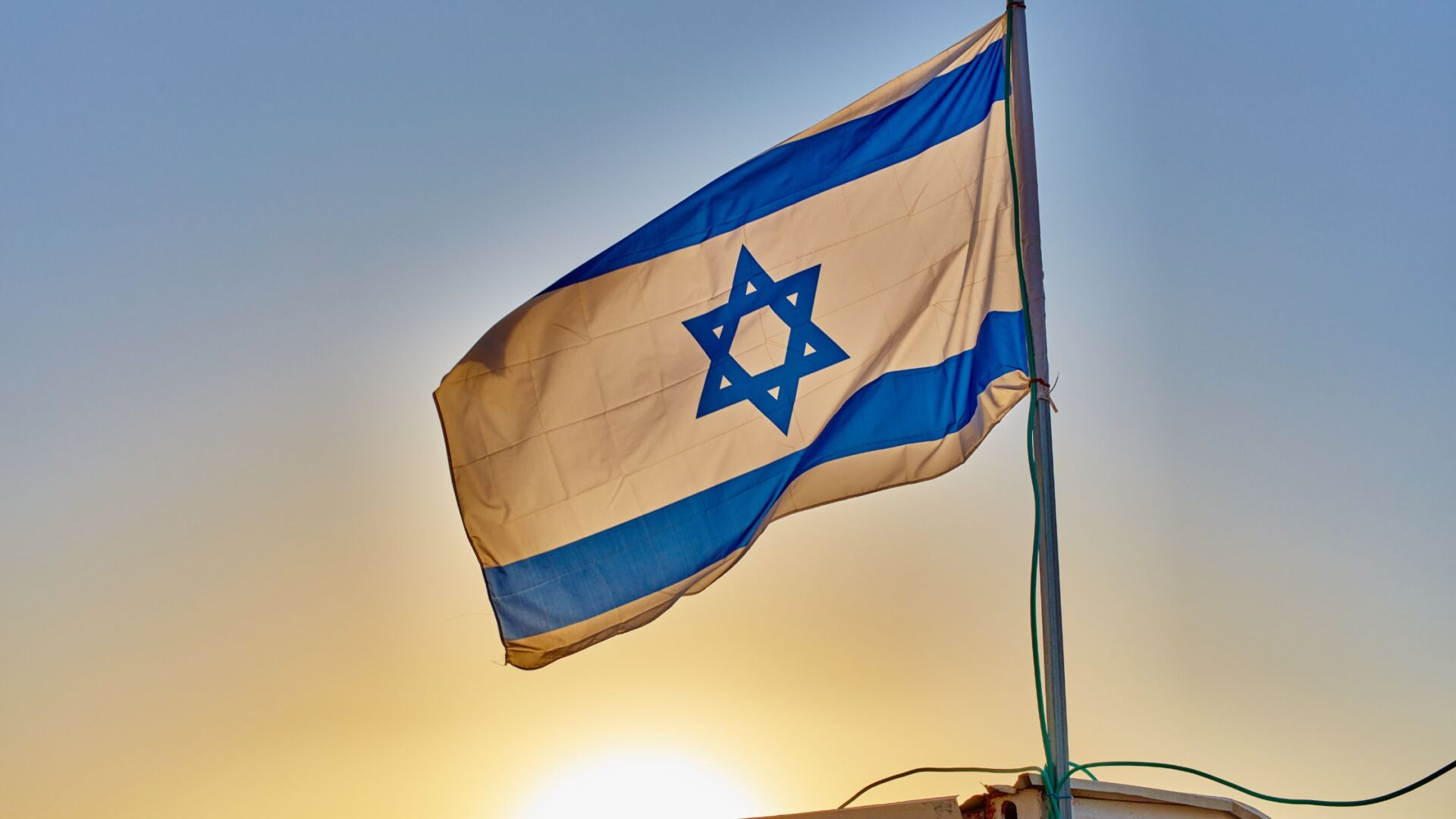Key Takeaways:
- Israel’s cabinet formally approved the first phase of a new peace deal plan.
- President Trump announced a 20-point plan to secure hostage releases by next week.
- The framework calls for the release of all living and deceased hostages held by Hamas.
- Next steps include detailed negotiations and the start of hostage exchanges
Israel’s government voted to approve the framework for the first phase of a peace deal. This decision follows President Trump’s announcement that all sides agreed to a 20-point plan. The plan aims to free every hostage held by Hamas, whether alive or deceased, by early next week. With today’s vote, Israel moved a big step closer to making that promise real.
Breaking Down the Peace Deal Framework
The peace deal plan is built in phases. First, leaders must agree on general goals. Then, they work out details for each step. The first phase focuses on hostages. It sets rules for how and when Hamas must release people it holds. According to Israel’s Prime Minister’s Office, this framework covers both the living and the deceased.
Key Points of the First Phase
- Hostage Release: Hamas agrees to free every hostage over a set timeline.
- Verification: International observers will confirm the release to ensure fairness.
- Phased Exchanges: Releases may occur in groups, pairing hostages with detained Palestinians.
- Humanitarian Aid: Alongside releases, aid will flow into Gaza to ease civilian suffering.
Why Today’s Vote Matters
By voting yes, Israel’s cabinet officially backs the plan. Approval means negotiators can now meet on the ground. Moreover, it shows Israel’s unity behind the proposal. Some cabinet members had worried the plan gave up too much. However, a majority saw the chance to bring hostages home as worth the risk.
Voices from the Government
The Prime Minister’s Office posted on social media that the plan now has full support. Cabinet members said they acted swiftly. One minister noted that families of hostages have waited too long. Another called today’s vote a sign that Israel will not settle for less than all hostages returning home.
President Trump’s Role
Earlier this week, President Trump announced that negotiators agreed to the first phase. He described it as one part of a larger peace deal. Trump’s plan includes 20 different steps. Some steps deal with security, others with rebuilding Gaza. By focusing first on hostages, Trump aimed to build trust among all parties.
What Comes Next?
Now that Israel has approved the peace deal framework, teams from each side will meet. They will work out exact schedules and rules for exchanges. International mediators will join to oversee the process. Families of hostages hope this means they will see their loved ones soon.
Timeline for Hostage Release
First 48 Hours: Confirm lists of hostages and their locations.
Next 72 Hours: Begin the first group of releases, with priority for the elderly and wounded.
Within One Week: Aim to complete the release of all hostages.
Challenges Ahead
Negotiations rarely run perfectly. Some hostages may have moved between locations. Political tensions could slow talks. Still, today’s vote shows willpower on both sides. Both Israel and Hamas have reasons to stick to the schedule. Israel wants its citizens back. Hamas faces pressure to show goodwill and win local support.
Impact of the Peace Deal
If the first phase succeeds, it could open doors to more steps. Later phases include prisoner exchanges, cease-fire terms, and aid distribution. Each move will test trust. However, starting with hostages, negotiators hope to build momentum.
Regional Reactions
Neighboring countries and international groups welcomed today’s vote. Many see a hostage exchange as a human victory. They hope it paves the way for broader peace efforts in the region. Critics warn the plan must uncover long-term solutions, not just quick fixes.
Life for Hostage Families
For families, the framework brings both hope and caution. They have faced weeks of terror. Some lost loved ones. Others still wonder if this plan will deliver. Yet, the promise of seeing someone return alive offers comfort. Support groups prepared tents outside government buildings today to celebrate the decision.
Next Steps for Israel’s Government
With the framework approved, ministers now plan details. They will appoint top negotiators. Security teams will stand by to move people safely. Israel also plans to brief the public regularly. Transparency can keep hope alive and prevent rumors from spreading.
Global Oversight
International observers will monitor each exchange. Their role is key. They will track timelines, confirm identities, and report any delays. This oversight builds trust. It also shows the world that both sides mean what they say.
Hope for a Wider Peace
While this peace deal phase focuses on hostages, it may achieve more. Removing one of the biggest obstacles—hostage fears—could ease tensions. People in Israel and Gaza might see the value of talks over war. In the long run, successful steps could inspire more ambitious peace efforts.
Conclusion
Today’s vote marks a major moment. With the first phase of the peace deal framework now official, both sides step onto a path that could free hostages and save lives. Challenges remain, but momentum grows. Families wait with hope. Negotiators prepare for talks. And the world watches as key players try to turn a framework into reality.
Frequently Asked Questions
What does the first phase of the peace deal cover?
The first phase covers the release of all hostages held by Hamas. It sets rules and timelines for exchanges.
How soon could hostages be released?
Leaders aim to start exchanges within days and complete them by early next week.
Who will watch the exchanges?
International observers will monitor each step. They check timelines and confirm identities.
What happens after the first phase?
Later phases will tackle prisoner swaps, cease-fire terms, and humanitarian aid in Gaza.

